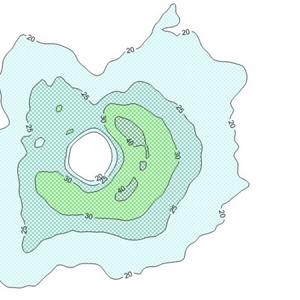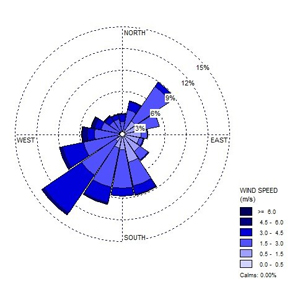Air Dispersion Modelling
Airlabs has experience in predicting air quality impacts through air dispersion modelling. Dispersion modelling is often required for:
- Environmental Impact Assessments, Development Applications, Compliance Assessments, Licences and Approvals
- Investigation of Complaints (e.g. odour, dust)
- Improving Air Quality Management
- Designing Ambient Air Quality Monitoring Networks
- Determining Source Parameters (e.g. ideal stack heights, operating conditions)
Airlabs have access to a wide range of dispersion models and depending on the scale of impact of the project, an appropriate model is selected. Models include:
- Steady state: AUSPLUME, AERMOD, ISC
- Non-steady state: CALPUFF
- Traffic: CALRoads, ADMS-Roads
Another key aspect of dispersion modelling assessments is having a comprehensive understanding of the meteorological conditions. Airlabs can process meteorological data obtained from on-site monitoring stations or external providers, such as the Bureau of Meteorology or the EPA. Additionally, where available meteorological data is inadequate for modelling purposes, we are able to produce suitable datasets using the CSIRO prognostic model TAPM (The Air Pollution Model).
As Airlabs provide a wide range of source-monitoring services, emission rates required for dispersion modelling would usually be determined from Airlabs’ monitoring data or through standard emission estimation techniques (NPI-EET, US-EPA AP-42).



